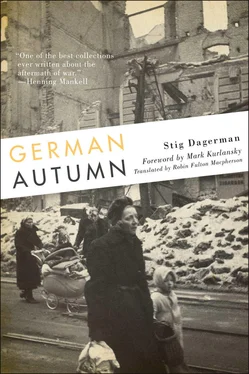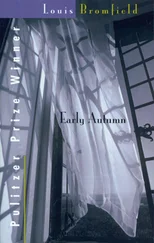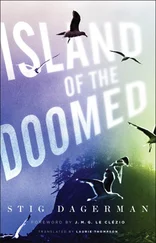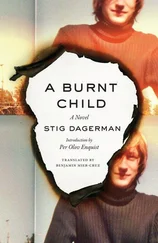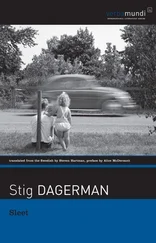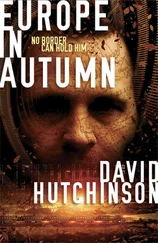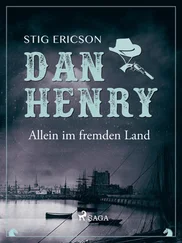The British raids had been primarily military targets, but after Coventry that changed. They began targeting the center of cities regardless of their military importance. Working-class neighborhoods were particularly sought for destruction. The strategy was to destroy German morale, an odd decision considering that the German attacks on Coventry and London were stiffening the resolve of the British. And though Winston Churchill presented the bombing campaign as well-deserved revenge, polls showed that the British people had reservations, especially in places that had been attacked, such as London. These reservations existed despite the fact that most British people did not know the extent to which German civilians were being targeted.
These were raids of unprecedented brutality. According to the highest, and probably most accurate, estimate (that of the Basque government), 1,645 Basque civilians were killed in the attack on Guernica that stunned the world. But there was no outcry after the bombing of Cologne on June 28–29, 1943, in which 4,377 German civilians were killed, or the July 27–28 raid on Hamburg in which 35,000 German civilians were killed and 800,000 homes destroyed. It was constant: by 1944 a city was bombed in Germany almost every day. An estimated 10,550 civilians died on the raid on Darmstadt on September 11–12, 1944. On January 16–17, 1945, 16,000 civilians died in a raid on Magdeburg; on February 3, 2,541 Germans were killed in Berlin and nearly 120,000 homes destroyed. Most famously, on February 13–14, it is estimated that more than 30,000 civilians were killed (other estimates go as high as 100,000 or more) in a raid on Dresden that included a bombing technique that caused a wall of fire to rush through the streets and burn — even melt — the entire inner city. The Allies became increasingly efficient at this kind of destruction. Dresden was a joint British — American operation. Once the United States joined the war in 1942, it joined the bombing campaign.
Some military officers questioned the strategy and feared that by targeting civilians rather than shipyards, factories, and other military targets, they were actually lengthening the war. Rear Admiral L. H. K. Hamilton expressed it in practical terms: “We are a hopelessly unmilitary nation to imagine that we win the war by bombing German women and children instead of defeating their army and navy.” But others, such as Sir Arthur Harris, the chief of British Bomber Command, were certain they would destroy Germany’s spirit, all evidence to the contrary. Harris even objected to diverting his bombers from civilian targets in the heartland to support the Normandy invasion.
When Heinrich Heine returned from exile in France in 1843 he found Hamburg shattered from war damage and described it as “a poodle halfway shorn.” When Dagerman arrived in 1946 such flippancy would have been unimaginable because in the intervening hundred years the human capacity for destruction had greatly advanced. Dagerman described Hamburg as “a landscape of ruins drearier than the desert, wilder than a mountain-top, and as farfetched as a nightmare.” That same year Mann had warned, “It is impossible to demand of the abused nations of Europe, of the world, that they shall draw a neat dividing line between ‘Nazism’ and the German people.”
Dagerman didn’t try. He was not neutral: he had a history of active antifascism from his teenage years, when most of the world was not speaking out against the new German regime. But he did not consider passing judgment on these people part of his role. He was a young man who understood deprivation, hunger, and loss. These were human beings who had lost everything, who were living in the flooded, chilly basements of bombed-out buildings, looking for scraps of food. Journalists working in Germany found a strong vein of Nazi sentiment, and Dagerman found such people as well, but he criticized journalists for regarding “the Germans as one solid block, irradiating Nazi chill, and not as a multitude of starving and freezing individuals.” Dagerman found, in the words of Holocaust historian Raul Hilberg, perpetrators, victims, and bystanders — concentration camp survivors and SS members all crawling through the same rubble, all people in deplorable conditions.
Dagerman’s compassion was no small accomplishment. On my many trips to Germany I have always sought out the victims, discovered a few perpetrators, and been deeply disturbed by the knowledge that most of the people I saw were bystanders. I felt as Mann wrote that “the lack of a sense of the evil of the obviously and unequivocally wicked will always be a crime”—an unforgiveable one. Twenty-five years after Dagerman’s German autumn I was on a transatlantic ship (they were still transportation then), and a suave, silver-haired man from Munich standing at a bar said to me that “the fire bombing of Dresden was the greatest atrocity of World War II.” I did not want to speak to this man again. He had actually lived through the Nazi years in Germany and thought the Allied bombing, horrendous as it was, was the greatest atrocity.
Twenty years later I was in Dresden, the center still in ruins, reporting on the efforts of the newly unified Germany to at last rebuild that historic baroque city. Dresdeners tried to evoke my sympathy, but they kept leading me to archives that showed the destruction and what it was like before. Before was the problem — all those photographs of plump and happy Germans cheering swastikaed mass murderers. This is not easily overlooked and I’m not sure it should be overlooked. But Dagerman understood what was at stake. He quoted Victor Gollancz, a Jewish publisher in London who had only recently made his own visit to Germany that autumn and warned that “the values of the West are in danger.” Gollancz, a far more active antifascist than Dagerman and one of the few to speak loudly of the Holocaust during the war, was so disturbed by the conditions he found in Germany that he published that year a book about it, Our Threatened Values. Like Gollancz, Dagerman believed that compassion had to be preserved, that it was vital to maintain “the capacity to react in the face of suffering whether that suffering may be deserved or undeserved.”
Had we listened, had we felt more compassion, had we felt more troubled by the human suffering that was caused by our bombs, perhaps we would have spoken out louder and not ourselves been bystanders to the bombing of Hanoi and of Baghdad. World War II had been more brutal to civilians than warfare had ever been before. In the wars since then, the percentage of civilians on the conflict’s casualty list has been steadily rising.
German Autumn is a very important book and it is crucial that an English language version is now available for Americans. We need this book. Karl Jaspers, the German psychiatrist turned philosopher, wrote, “We wish to understand history as a whole, in order to understand ourselves.”
New York City
June 2011
In his study of Stig Dagerman (1958) Olof Lagercrantz quotes from a letter Dagerman wrote from Munich to his friend and colleague Werner Aspenström:
A journalist I have not yet become, and it doesn’t look as if I’ll ever be one. I have no wish to acquire all the deplorable attributes that go to make up a perfect journalist. I find it hard to understand the people I meet at the Allied Press hotel — they think that a small hunger-strike is more interesting than the hunger of multitudes. While hunger-riots are sensational, hunger itself is not sensational, and what poverty-stricken and bitter people here think becomes interesting only when poverty and bitterness break out in a catastrophe. Journalism is the art of coming too late as early as possible. I’ll never master that.
Читать дальше
